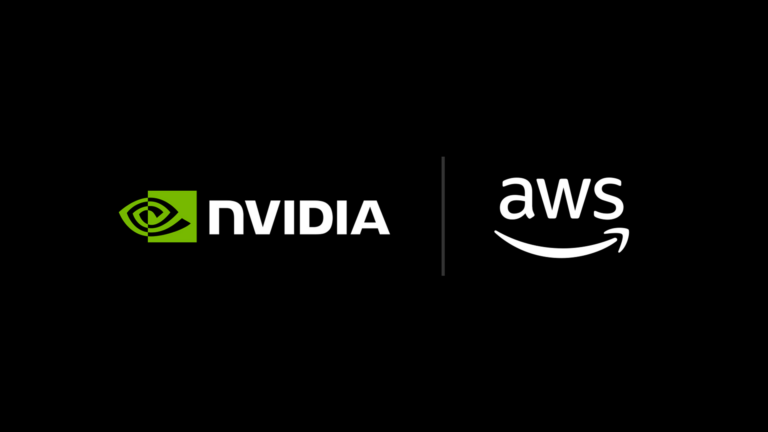 As quantum computers scale, tasks such as controlling quantum hardware and performing quantum error correction become increasingly complex. Overcoming these…
As quantum computers scale, tasks such as controlling quantum hardware and performing quantum error correction become increasingly complex. Overcoming these…
As quantum computers scale, tasks such as controlling quantum hardware and performing quantum error correction become increasingly complex. Overcoming these challenges requires tight integration between quantum processing units (QPUs) and AI supercomputers, a paradigm known as accelerated quantum supercomputing. Increasingly, AI methods are being used by researchers up and down the quantum…

 A common operation in data analytics is to drop duplicate rows. Deduplication is critical in Extract, Transform, Load (ETL) workflows, where you might want to…
A common operation in data analytics is to drop duplicate rows. Deduplication is critical in Extract, Transform, Load (ETL) workflows, where you might want to…